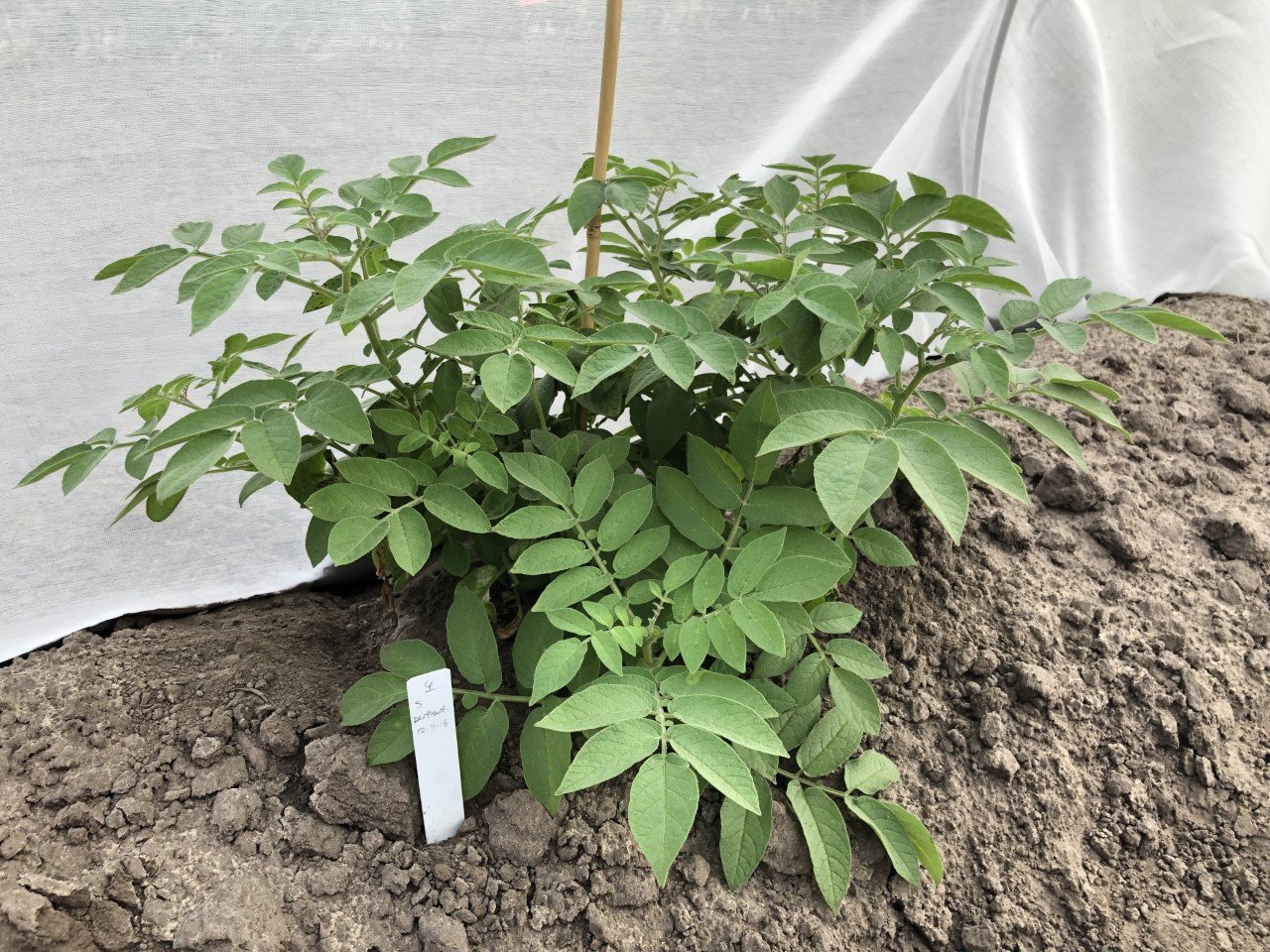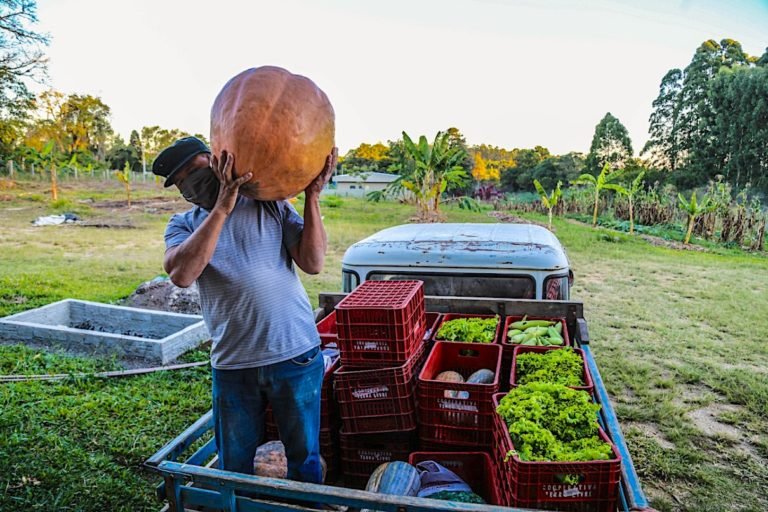Monitoring of farmed fish in Norway has revealed low levels of pharmaceuticals and environmental toxins and an audit has found the control system for fish could be improved.
Fish tested for illegal compounds were collected at the farm level by inspectors from the Norwegian Food Safety Authority (Mattilsynet), without prior notification.
In 2021, 2,827 samples were tested, consisting of 14,135 farmed fish, for residues of illegal substances, steroids and unauthorized veterinary drugs. They included Atlantic salmon, rainbow trout, Atlantic cod, turbot, Arctic char, brown trout, spotted wolffish and Atlantic halibut.
Samples examined for illegal compounds were collected at all stages of farming. Those tested for approved veterinary drugs and contaminants came from processing plants and represent farmed fish ready for human consumption.
The Institute of Marine Research analyzed the fish for illegal drugs, legally used veterinary drugs and environmental toxins.
No residues of stilbenes, steroids, chloramphenicol, nitrofurans or metronidazole were found in any samples. Also, no residues of malachite green or brilliant green were detected. Residues of the dye crystal violet were detected in two samples of salmon but this was likely caused by contamination during sample taking, according to a follow-up investigation.
Dioxin levels found in fish fillets were lower than in the previous year. No residues of veterinary drugs were found and for contaminants, none of the samples exceeded the EU maximum limits, where such levels have been established, such as for mercury, lead and cadmium.
EFTA audit findings
Meanwhile, an audit by the EFTA Surveillance Authority (ESA) has uncovered problems with the frequency of official controls for fishery products and approval of establishments in Norway. Nine recommendations were made.
The assessment in March this year found the official control system is risk-based and covers the production of fishery products from catch to consumer. It included eight processing plants, one cold store, four landing sites, one fishing vessel and an official control laboratory.
ESA is responsible for monitoring how Iceland and Norway implement European Economic Area (EEA) rules on food safety, feed safety and animal health and welfare.
Norway is one of the largest producers of fishery products in the world. The biggest export markets are China and EU countries such as Denmark, Poland, Germany and the Netherlands.
From 2019 to 2021, there were 10 Rapid Alert System for Food and Feed (RASFF) reports concerning fish products from Norway including three each because of Listeria and Anisakis.
Auditors advised fish producers to develop national guidelines on good practices for hygiene and application of the HACCP principles. Mattilsynet is developing a plan to train food inspectors on auditing of HACCP systems.
Issues found by auditors
The risk-based system is based on microbiological issues and does not include chemicals. Some controls are impacted by a lack of resources. Examples of insufficient communication and cooperation between the head and regional offices were seen by auditors which may have resulted in non-compliant products being marketed.
Factory and freezer vessels require an inspection every fourth year. Factory vessels that cook shrimp need to be inspected once per year. Authorities had not been able to respect this frequency for inspections. One vessel didn’t have approval for cooking shrimp so the risk-based inspection frequency of every four years was wrong.
Auditors found use of unprotected and damaged wood, pest control issues, poor storage conditions for fishery products and animal by-products and water on the floor, all of which can cause cross contamination.
The audit team said the approval procedure is not always followed.
“There is a risk that establishments are not approved where required, approved establishments and vessels are carrying out operations that they have not been approved for or that operations are being carried out in facilities that do not meet the requirements of the EEA hygiene legislation. This could lead to unsafe products being placed on the market.”
Official controls of fishery products reviewed by the audit team did not include testing for histamine in the relevant fish species. The official laboratory in Norway didn’t carry out histamine testing and all samples received were sent to Sweden for analysis. It had not been verified whether this site was listed as an official laboratory by Swedish authorities.
Mattilsynet said a risk-based plan for sampling including histamine would be developed and the lab situation would be sorted by 2023.
(To sign up for a free subscription to Food Safety News, click here.)












